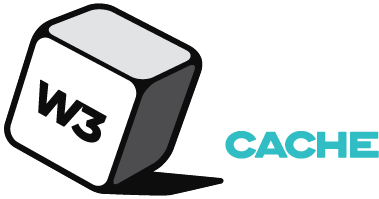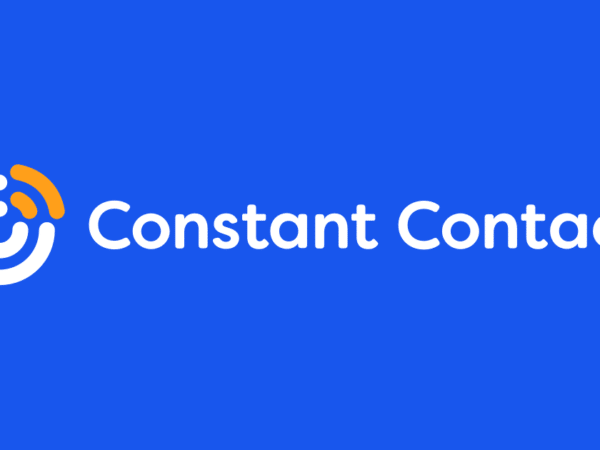
Table of Contents
W3 Total Cache WordPress Plugin
W3 Total Cache is a popular WordPress plugin that is designed to improve the performance of websites by caching static files and database queries, minifying HTML, CSS, and JavaScript files, and integrating with Content Delivery Networks (CDNs). In this review, we’ll take a closer look at the features and capabilities of W3 Total Cache and discuss how it can help improve the speed and performance of your WordPress website.
One of the key features of W3 Total Cache is its ability to cache static files, such as HTML, CSS, and JavaScript, on the server. This means that when a user visits your website, their browser will load these files from the server rather than generating them on the fly. This can significantly reduce the amount of time it takes for your website to load, especially for users who are located far away from your server.
In addition to caching static files, W3 Total Cache also has the ability to cache database queries. This can help reduce the load on your database server, as it won’t have to execute as many queries to display your website. This is especially useful for websites that receive a lot of traffic, as it can help prevent the server from becoming overwhelmed and slowing down.
Another useful feature of W3 Total Cache is its ability to minify HTML, CSS, and JavaScript files. Minification involves removing unnecessary characters from these files, such as whitespace, comments, and other unnecessary elements. This can help reduce the size of these files, which in turn can improve the speed at which your website loads.
W3 Total Cache also integrates with Content Delivery Networks (CDNs), which are networks of servers that are distributed around the world. When a user visits your website, the CDN will serve the static files from the server that is closest to the user, reducing the distance that the data has to travel and improving the speed at which the website loads.
Overall, W3 Total Cache is a powerful plugin that can help improve the performance and speed of your WordPress website. It offers a wide range of features, including caching static files and database queries, minifying HTML, CSS, and JavaScript files, and integrating with CDNs. While it may take some time to set up and configure, the benefits of using W3 Total Cache can be significant, making it well worth the effort for anyone looking to improve the performance of their WordPress website.
W3 Total Cache Image Optmization
Not a whole lot of people talk about this feature but let me tell you it is one of the best improvements added to the plugin
To enable image optimization in W3 Total Cache, you’ll need to go to the “Feature Showcase” tab in the plugin’s settings and select the “Activate” and then select “Settings” tab. From here, you can choose which image optimization and configure any additional settings.
In addition to automatic optimization, W3 Total Cache also includes a feature called “lazy loading,” which delays the loading of images until they are needed. This can help improve the loading speed of your website by only loading the images that are visible on the screen, rather than loading all images at once.
Overall, W3 Total Cache’s image optimization features can help you improve the performance of your WordPress website by reducing the size of your images and optimizing the way they are loaded. While there are other tools and plugins available for optimizing images on WordPress, the convenience of having these features built into a caching plugin like W3 Total Cache can be a big advantage.
Improve Google page speed score using W3 Total cache
Google Page Speed is a tool that measures the performance of a website and provides recommendations for how to improve it. One of the factors that Google Page Speed takes into account is the loading speed of a website, and W3 Total Cache can help improve this by caching static files and optimizing the loading of images and other assets.
To use W3 Total Cache to improve your Google Page Speed score, you’ll need to configure the plugin according to the recommendations made by Google Page Speed. This may include enabling caching for static files, minifying HTML, CSS, and JavaScript files, and optimizing images.
It’s important to note that while W3 Total Cache can help improve your Google Page Speed score, it is not a guarantee of a higher score. There are many other factors that can impact the performance of a website, and it’s important to address all of these in order to achieve the best possible score.
In addition to using W3 Total Cache, there are a number of other things you can do to improve your Google Page Speed score, including:
- Enabling compression for text-based files
- Optimizing images and other assets
- Enabling browser caching
- Reducing the number of redirects
- Optimizing the order in which assets are loaded
By addressing these and other factors, you can improve the performance of your website and achieve a higher Google Page Speed score.
W3 total cache impact on FCP TBT LCP CLS
W3 Total Cache can have a positive impact on the First Contentful Paint (FCP), Time to First Byte (TTFB), Largest Contentful Paint (LCP), and Cumulative Layout Shift (CLS) metrics, which are important indicators of the performance and user experience of a website.
First Contentful Paint (FCP) measures the time it takes for the first content to appear on the screen when a user visits a website. W3 Total Cache can improve FCP by caching static files, such as HTML, CSS, and JavaScript, on the server. This means that when a user visits your website, their browser will load these files from the server rather than generating them on the fly, which can reduce the time it takes for the first content to appear on the screen.
Time to First Byte (TTFB) measures the time it takes for the first byte of data to be received by the user’s browser after a request is made to the server. W3 Total Cache can improve TTFB by caching database queries, which reduces the load on the server and can speed up the time it takes for the first byte of data to be received.
Largest Contentful Paint (LCP) measures the time it takes for the largest element on the screen to be displayed. W3 Total Cache can improve LCP by optimizing the loading of images and other assets, which can reduce the time it takes for these elements to be displayed.
Cumulative Layout Shift (CLS) measures the amount of unexpected layout shifts that occur on a webpage. W3 Total Cache can improve CLS by optimizing the loading of images and other assets, which can help prevent layout shifts from occurring.
Overall, W3 Total Cache can have a positive impact on these performance metrics by improving the speed and performance of your website through caching, minification, and optimization of assets.
W3 Total Cache SEO impact
One of the key benefits of using W3 Total Cache for SEO is its ability to improve the loading speed of your website. Search engines, including Google, give preference to websites that load quickly, as this can improve the user experience. By using W3 Total Cache to cache static files and optimize the loading of images and other assets, you can improve the loading speed of your website and potentially improve your search engine rankings.
In addition to improving loading speed, W3 Total Cache can also help with SEO by minifying HTML, CSS, and JavaScript files. This involves removing unnecessary characters from these files, such as whitespace, comments, and other unnecessary elements. Minifying these files can help reduce the size of your website, which can improve the speed at which it loads and potentially improve your search engine rankings.
Finally, W3 Total Cache’s integration with CDNs can also be beneficial for SEO. CDNs are networks of servers that are distributed around the world, and when a user visits your website, the CDN will serve the static files from the server that is closest to the user. This can reduce the distance that the data has to travel, improving the speed at which your website loads and potentially improving your search engine rankings.
Overall, W3 Total Cache is a powerful tool for optimizing your WordPress website for search engines. By improving the loading speed and performance of your website, you can potentially improve your search engine rankings and attract more visitors to your site.


